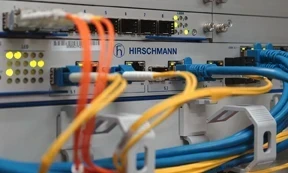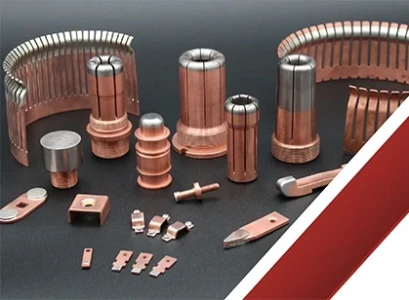Dynamic Resistance Measurement

Condition testing of circuit breaker’s arcing contacts
BY BUDO MILOVIC, DV-Power
The preventive maintenance on a high-voltage (HV) breaker consists of several routine tests. The timing and motion tests are methods used to assess the breaker’s mechanical condition. When the timing and motion results indicate an abnormality, the dynamic resistance measurement (DRM) test can be an effective way to further diagnose the internal condition of the breaker contacts. As an example, a high-voltage puffer-type sulfur hexaflouride (SF6) gas circuit breaker is based on the switching of two parallel contact sets. First, the low-resistance silver-plated contacts, or the main contacts, are designed specifically to carry the load current without any excessive temperature rise.
The second, tungsten-copper arcing contacts operate at the breaker opening following the main contact part. The electrical arc starts after the separation of the arcing contacts. The tungsten-copper material is designed to carry the arc until it is cleared at the next zero-crossing.









